I ran across this article and hung on to it. Some of this I knew about, some was new to me. It was interesting that the Armor development people were trying to do.
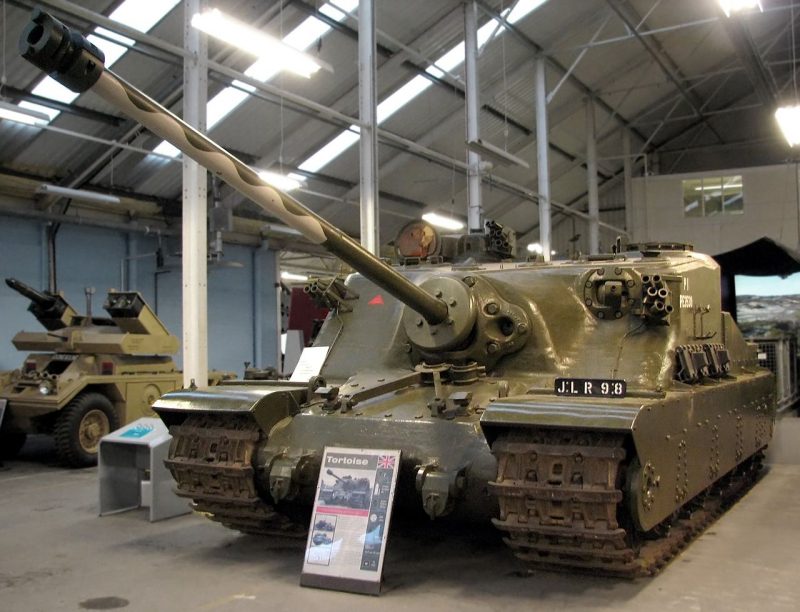
Through the inter-war years, with tighter peacetime budgets and a major economic slow down, the desire to build “big” tanks became subdued, but not forgotten.
Mechanized warfare slowly developed throughout the 1920s and 30s with increasingly better armor, weapons and suspension. But there was an urge to build an unrealistic fighting machine, and the Soviet Union took the tank concept to a whole new level with their 50 ton T-35.
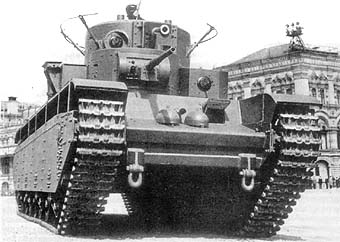
Around 60 were built and when World War II broke out, they were used against the invading Germans in 1941. However, these tanks quickly broke down or were destroyed. Though this particular monster tank proved a failure in combat, it did have a certain shock value and was a useful propaganda tool.
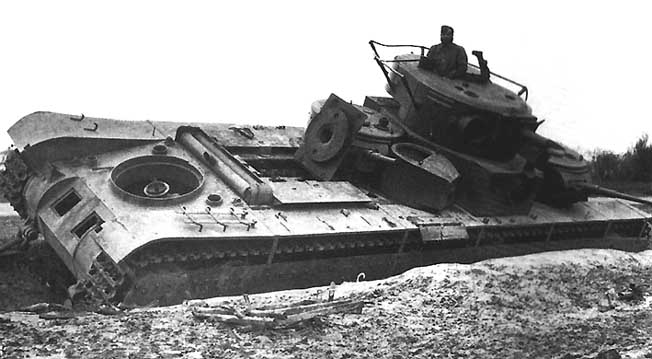
Two distinct categories of heavy tanks started to emerge. The first was the alpha male of heavy tanks (50 to 80 ton range). We will define this as any common mechanized vehicle, with a large caliber main gun, that saw proper service in reasonable numbers during WWII. This narrows the heavy tank category to a very exclusive club of just three tanks: the German Tiger I and II and the Soviet KV-2.
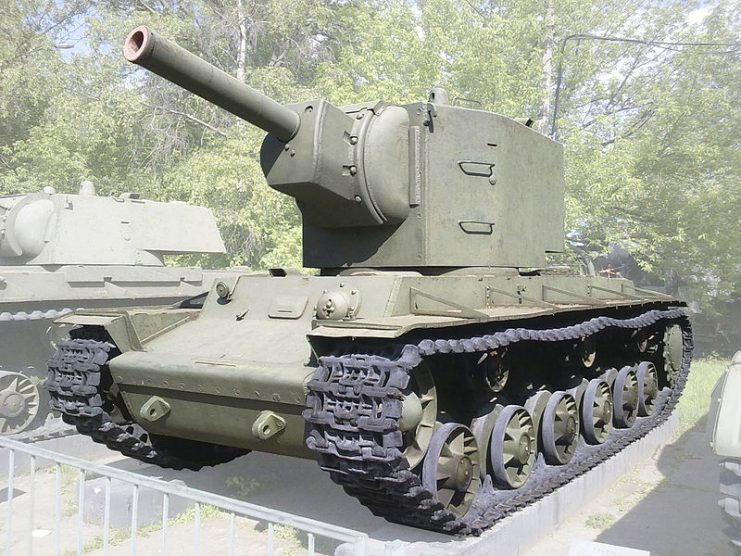
It should be noted that for super heavy tanks, this article excludes tanks like the mighty non-turreted Elephant (68 ton) and JagdTiger (72 ton) tank destroyer because they were only built in small numbers. Likewise the multi-turreted 50 ton T-35M has been excluded as only 60 were built and most were destroyed or put out of service shortly after the Soviet Union entered the war.
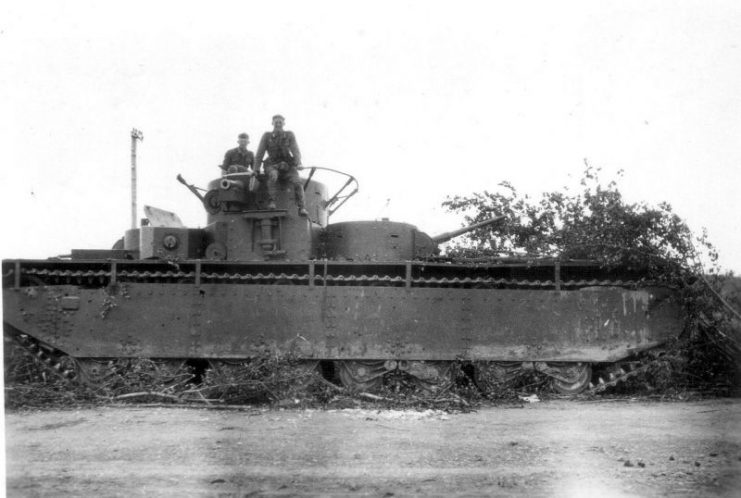
- Nationality: Germany
- Introduced: 1942
- Weight: 55 tons
- Crew: 5
- Speed Across Country: 12 mph
- Weaponry:
- 1 x 88 mm Gun
- 2 x Machine Guns
- Maximum Armor: 110 mm
- Height: 10 ft
- Length: 21 ft
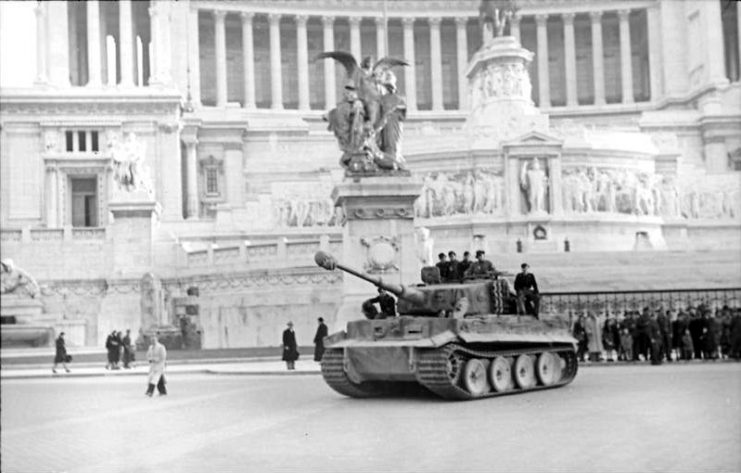
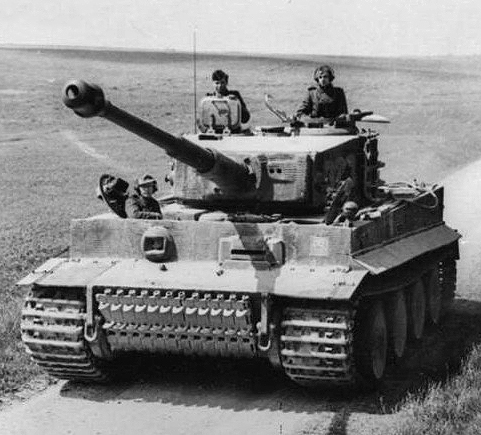
Type: Tiger II (Panzer VIB)
- Nationality: Germany
- Introduced: 1944
- Weight: 70 tons
- Crew: 5
- Speed Across Country: 10 mph
- Weaponry:
- 1 x 88 mm Gun
- 2 x Machine Guns
- Maximum Armor: 185 mm
- Height: 10 ft
- Length: 24 ft
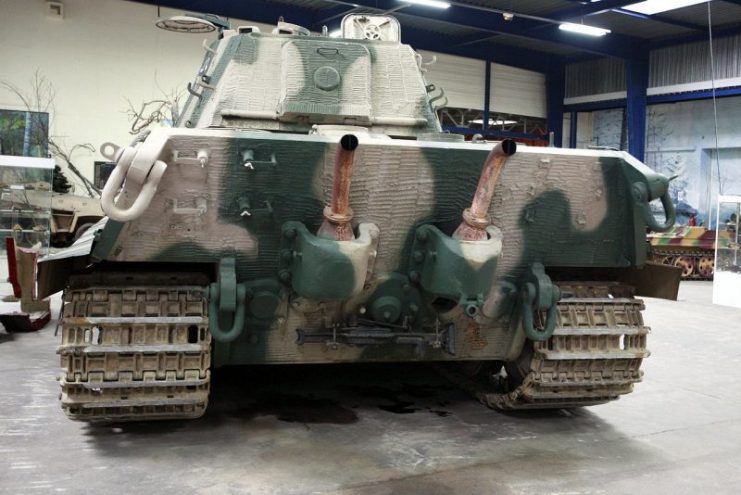
But its gigantic weight (70 tons) put a tremendous strain on its engine, which only produced 10 horse power to the ton. Compare this to the sprightly American M36 tank destroyers that had a ratio of 18 horse power to the ton while being armed with a 90 mm cannon.
Ultimately the Tiger II suffered from the same drawbacks as its predecessor: unreliability and scarcity. Only 485 were built.
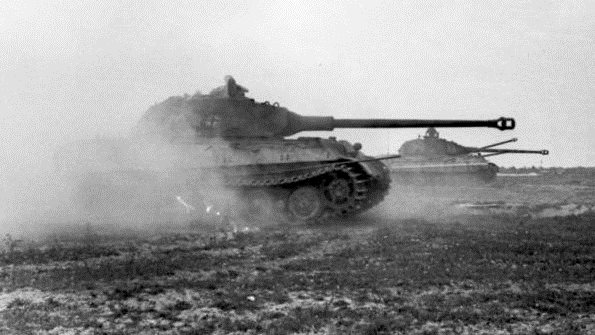
- Nationality: USSR
- Introduced: 1941
- Weight: 52 tons
- Crew: 6
- Speed Across Country: 9 mph
- Weaponry:
- 1 x 152 mm Howitzer
- 3 x Machine Guns
- Maximum Armor: 110 mm
- Height: 12 ft
- Length: 23 ft
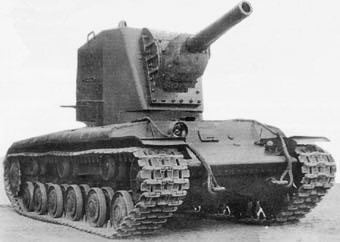
Though the gun had poor penetrative capabilities, the mighty kinetic force of the round could blow off turrets or literally shake apart a tank. But it was clumsy in combat, had a slow rate of fire, and its high silhouette made it a very easy target.
Most were destroyed shortly after the German invasion. When the Germans captured the sole factory where it was built, the Soviets made no attempt to resume production elsewhere due to the inherent shortcomings of the design.
Super Heavy Tanks
Type: Tortoise (A-39)- Nationality: UK
- Introduced: Prototype 1945
- Weight: 79 tons
- Crew: 6
- Speed Across Country: 4 mph
- Weaponry:
- 1 x 94 mm Gun
- 3 x Machine Guns
- Maximum Armor: 228 mm
- Height: 10 ft
- Length: 33 ft
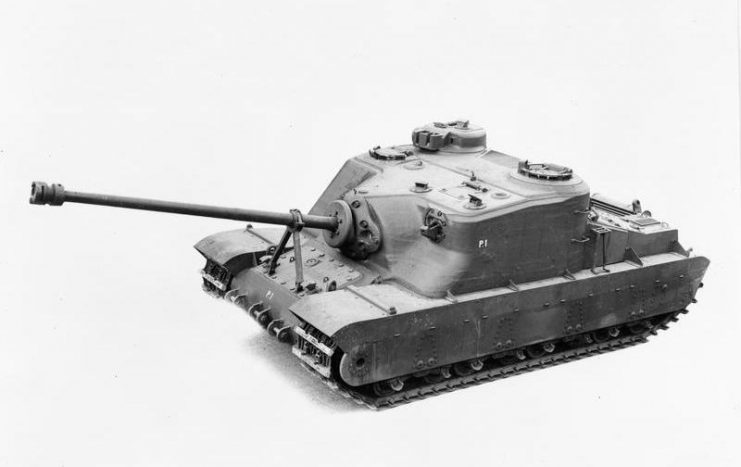
Its 14.5 kg projectile could have quite a devastating effect on bunkers and emplacements. It could even knock out a German Panther tank from 3,500 feet away.
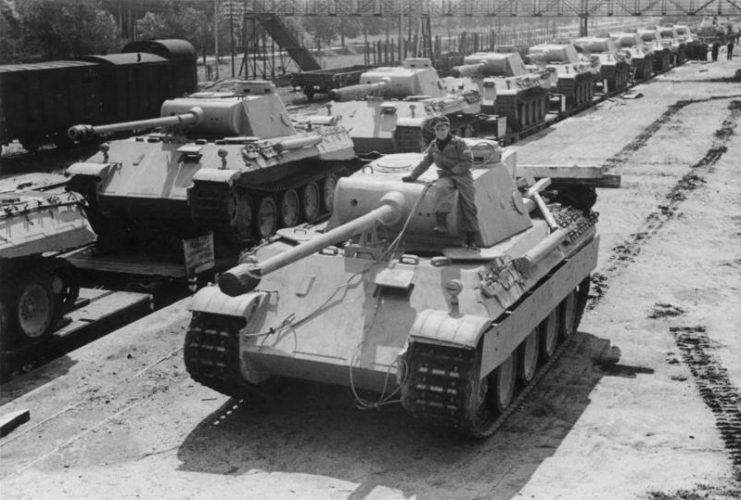
Twenty-five Tortoises were ordered, but only six had been delivered by 1946 before the project was cancelled, as there was no longer was a need for it.
In tests it proved reliable and had good gunnery characteristics. But its weight and size caused great logistical problems.
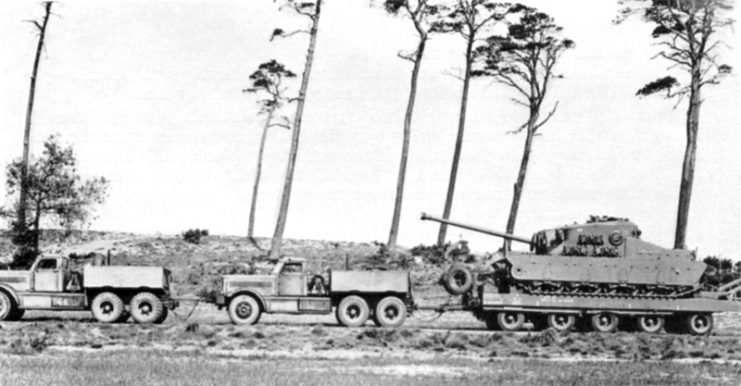
- Nationality: USA
- Introduced: Prototype 1945
- Weight: 86 tons
- Crew: 6
- Speed Across Country: 4 mph (Estimated)
- Weaponry:
- 1 x 105 mm
- 1 x Machine Gun
- Maximum Armor: 305 mm
- Height: 9 ft
- Length: 36 ft
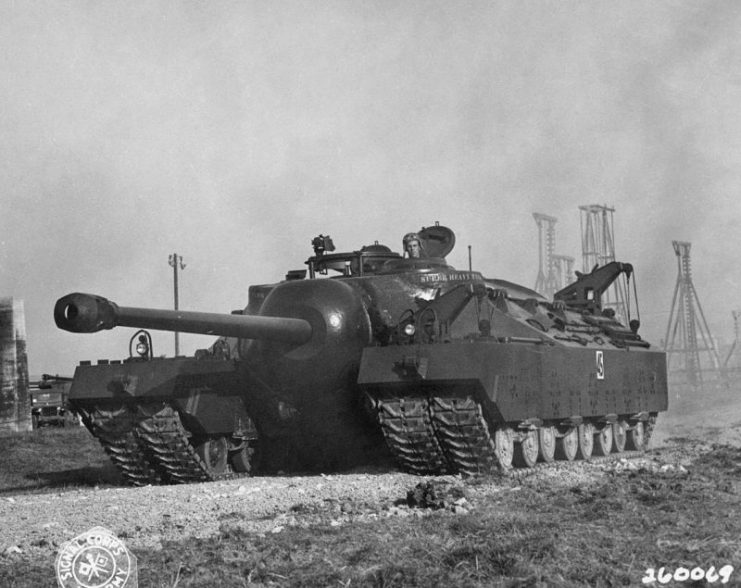
The T28 had a protracted design phase which ran from March 1944 to March 1945. Work did not start on producing the actual tank until August 1945. As the war in Europe had ended and the war in the Pacific would very soon end, the original order for twenty-five tanks was reduced to five, and then again to just two tanks.
The T28 was put through tests and trials until October 1947 when the project was deemed obsolete and cancelled. Apart from having the same logistical problems as the Tortoise, the T28 proved very expensive to maintain.
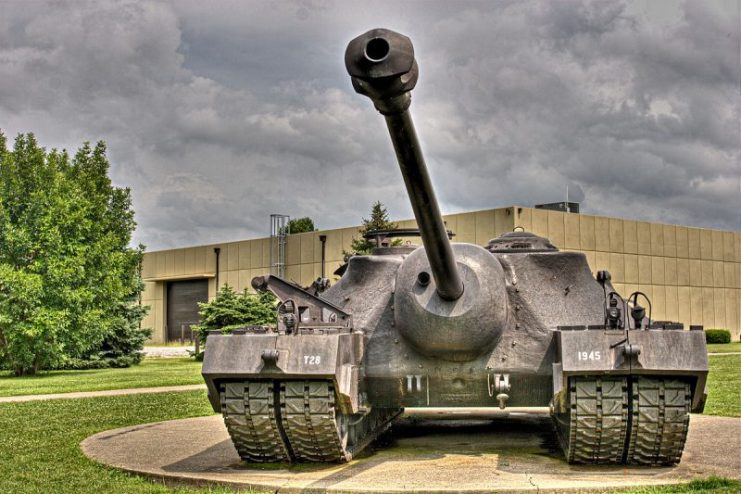
Type: Maus (Panzer VIII)
- Nationality: Germany
- Introduced: Prototype 1944
- Weight: 188 tons
- Crew: 6
- Speed Across Country: 3 mph (Estimated)
- Weaponry:
- 1 x 128 mm Gun
- 1 x 75 mm Gun
- 1 x Machine Gun
- Maximum Armor: 240 mm
- Height: 12 ft
- Length: 33 ft
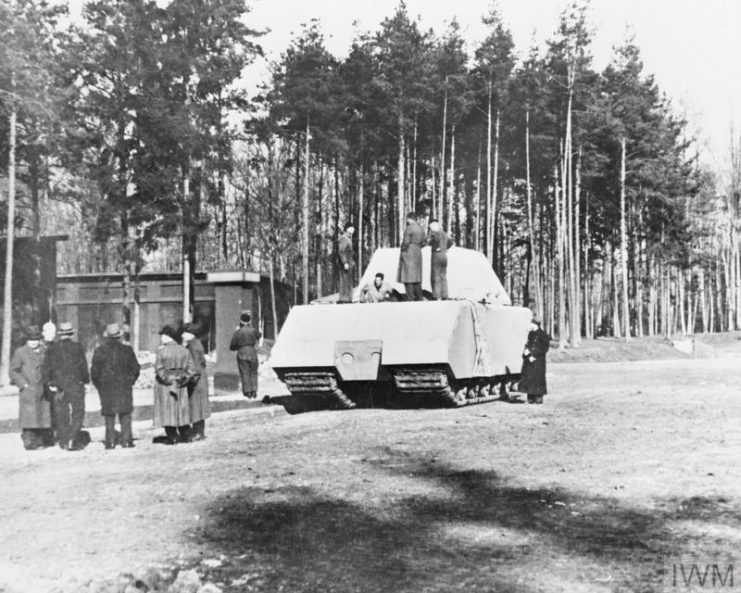
Only two were ever built, one of which was incomplete. It was designed as a “breakthrough” tank at a time when Germany was fighting a defensive war.
On the plus side the armor was incredibly thick, ranging from 240 mm on the front to 180 mm on the sides and rear. An unusual characteristic compared to other tanks was that its roof armor was also amazingly thick—an incredible 220 mm—in response to the devastating attacks on tanks by Allied ground attack aircraft such as the British Hawker Typhoon and the Soviet II-2 Sturmovik.
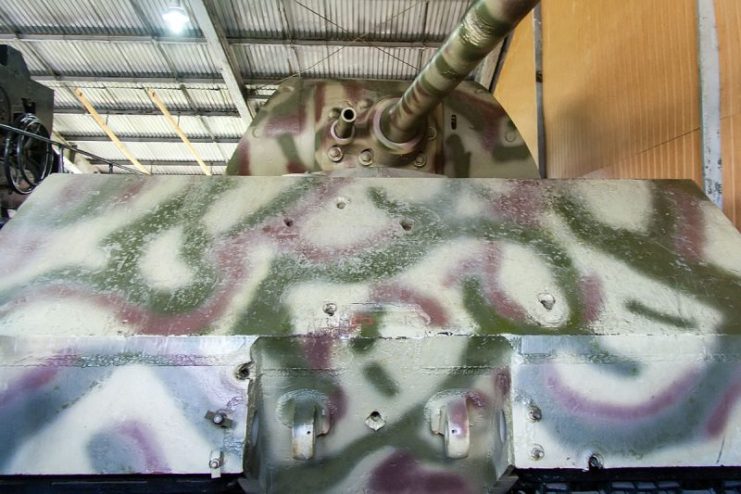
The Maus’s main armament was the 128 mm KwK 44 L/55 which fired a massive 28 kg projectile that could penetrate 148 mm of sloped armor at 6,600 feet (1.25 miles). This meant it could easily defeat the frontal armor of a Soviet JS-2, American M-26 Pershing, British A-34 Comet, or even the Germans’ own Tiger I.
A “King Tiger” (Tiger II) with its maximum armor of 185 mm could withstand a hit down to 3,000 feet. But that still meant it could be destroyed by a Maus from half a mile away.
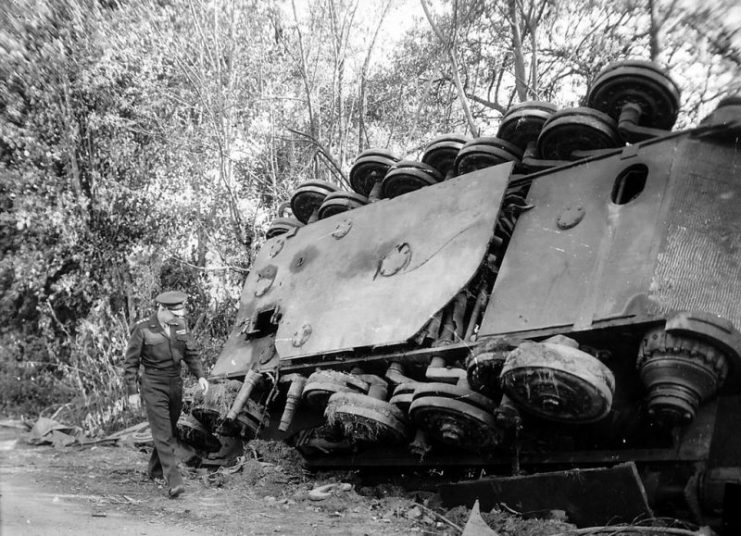
Most railways, tunnels and bridges in the country could not take its weight. On those few that could take the weight, the tank’s giant bulk restricted it.
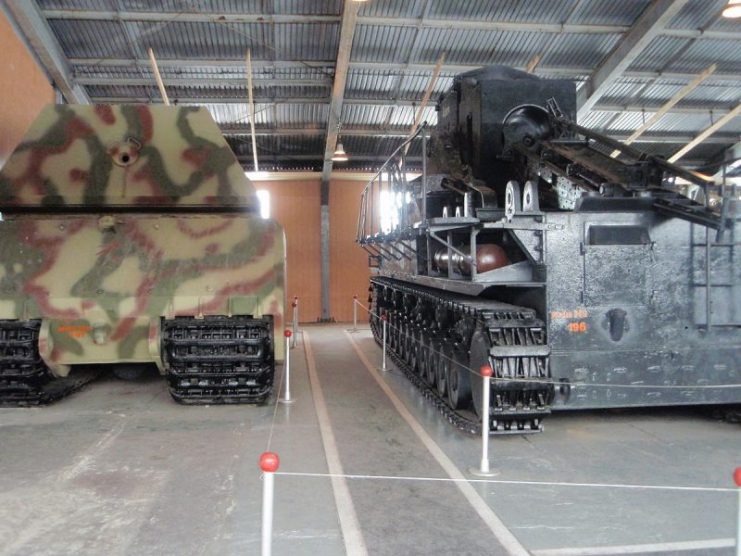
Its monster weight pushed engine and suspension technology and innovation to its limit. In fact it was a step too far. The tank was notoriously unreliable and it was unlikely that any of its problems could have been fully resolved, even given more development time.
After the war it was realized that the super heavy tank concept was simply unrealistic because of all the drawbacks related to its size and weight. As for the heavy tanks, they were deemed unable to keep up with the fast pace of modern warfare.
In 1957 the Fourth Tripartite Conference on Armour recommended that all medium and heavy tanks be replaced with a single new class, the Main Battle Tank (MBT). This led to the German Leopard II, American M1 Abrams, British Challenger II, and Russian T-80 MBTs of today.
Very cool! Your posts are so engaging and mesmerizing. I have writer's block and so I say a lot about nothing. I would, however, not be able to tell tanks apart if they are coming after me. I would run all the same. I love being in one, tho. I have done that. Except, I am not sure I could be in that confined space for that long.
ReplyDelete